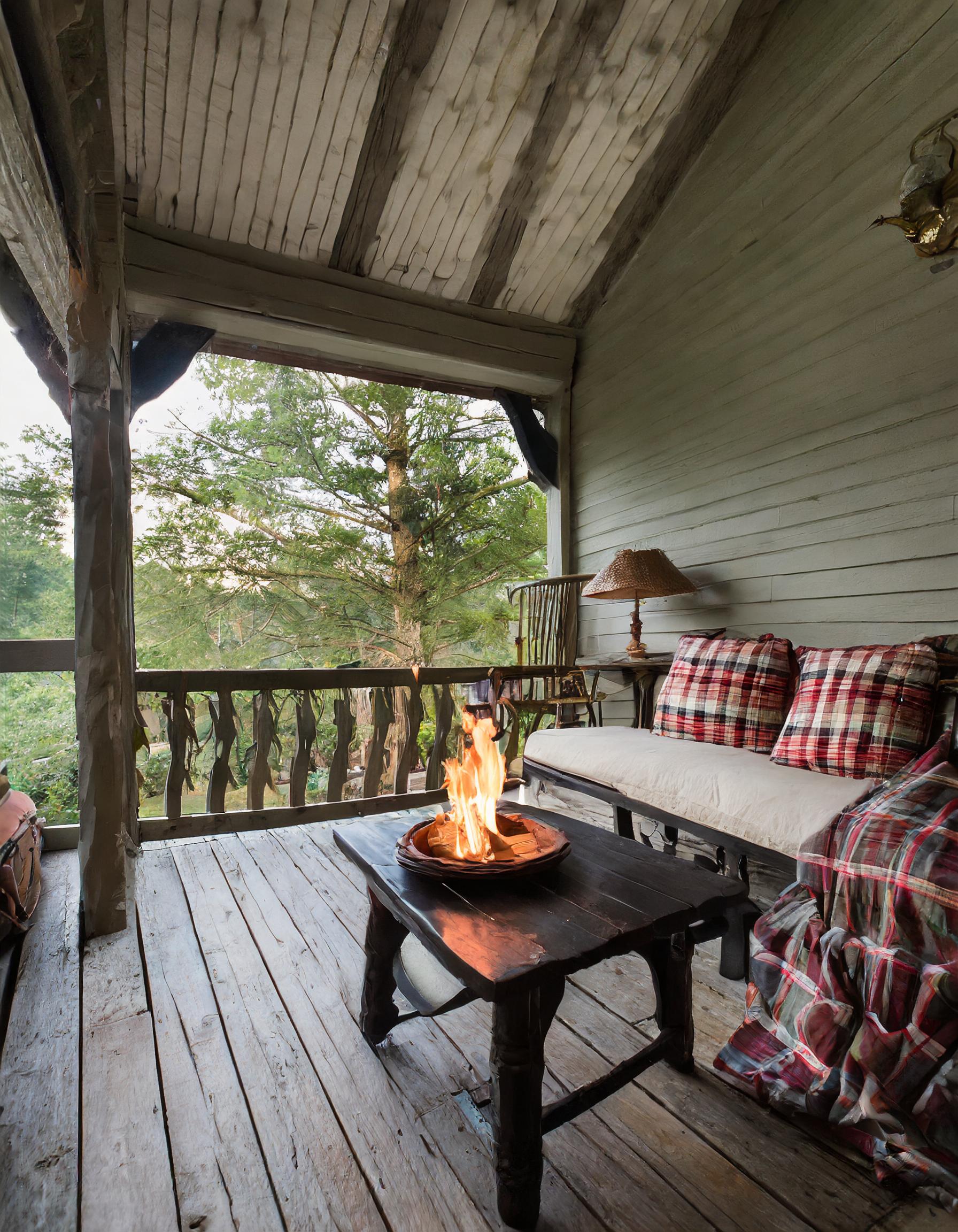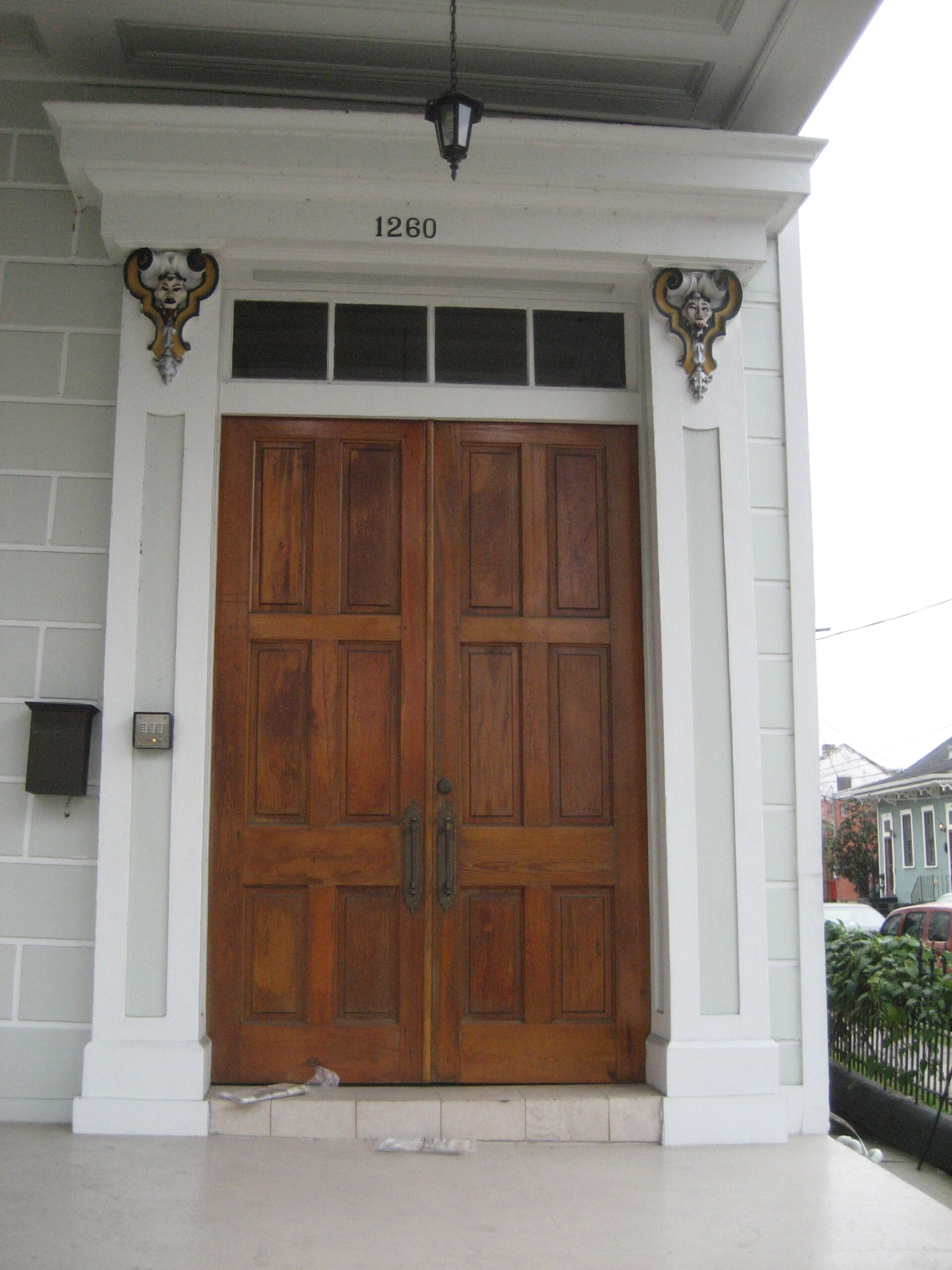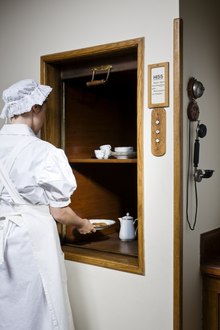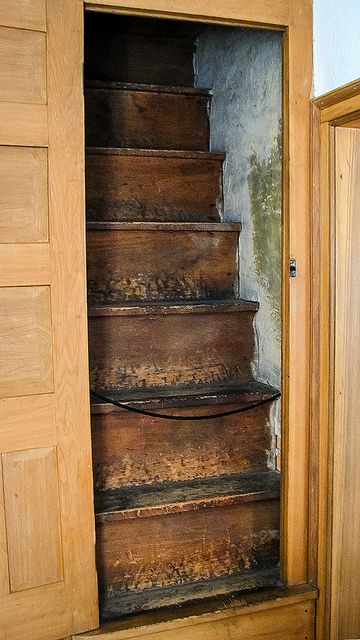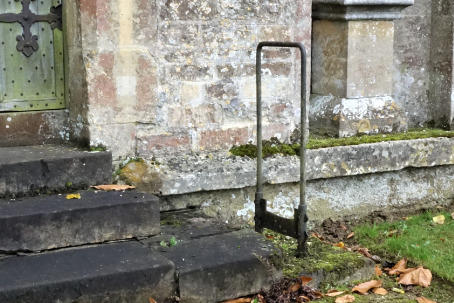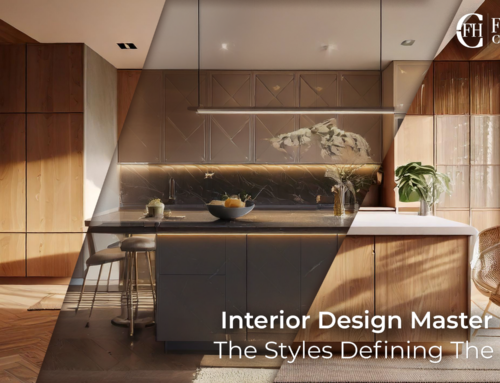Welcome to a journey back in time! Ever wandered through a historic home and stumbled upon something that made you scratch your head? You’re not alone! Today, we’re covering 10 niche, high-quality features in historic homes that have slipped through the cracks of common knowledge. Get ready for a walk through the annals of architectural history as we cover our favorite signs of heightened craftsmanship that have been lost to time!
Butler’s Pantry
A staple in grand homes of yesteryear, this small room served as a staging area for serving meals, doubling as storage for silver and fine china. Its purpose has evolved, but the charm remains in homes lucky enough to have retained this feature. Butler’s pantries are becoming more popular in luxury homes and those with larger, entertaining focused kitchens.
Sleeping Porches
Before air conditioning came about and whisked us away into indoor comfort, sleeping porches offered a breezy respite from the summer heat. These screened porches were the perfect spot for a night under the stars, with the added benefit of keeping mosquitos at bay. While mudrooms and sunrooms have maintained popularity, the particular design aspects that make sleeping porches unique have fallen to time.
Transom Windows
Those small, hinged windows above doors weren’t just for looks. Transom windows worked wonders for ventilation, allowing air to circulate through homes without compromising privacy. Besides ventilation-focused transoms, stained glass feature windows were also a common addition to transom frames, which add the ability to frame your room in natural light in any shade.
By Infrogmation of New Orleans – Photo by Infrogmation, CC BY-SA 3.0, https://commons.wikimedia.org/w/index.php?curid=3234546
Dumbwaiters
These miniature elevators were the unsung heroes of multi-story homes, discreetly carrying meals, laundry, and goods between floors. They’re a rare find today, often repurposed or merely decorative.
By Unknown author – LSH 87002 (hm_dig4638), Public Domain, https://commons.wikimedia.org/w/index.php?curid=28911286
Servant’s Staircases
Hidden from the main areas, these narrow staircases allowed household staff to move about without disturbing the family. They’re often found tucked away, leading from kitchens to upper floors. While their original purpose isn’t quite as useful to modern homeowners, plenty of aspiring renovators have managed to use these tucked away stairwells to conceal a hidden entertaining area, or for hidden storage.
Boot Scrapers
One of the few features on this list that HAVE managed to remain on some new builds, especially in colder climates: Positioned near entryways, these metal fixtures were indispensable for removing mud and muck from boots before entering. Simple yet effective, they’re a nod to the pre-pavement days of dirt roads.
Statues and Gargoyles
These intricate sculptures, often misunderstood or overlooked, carry with them tales from the past, embodying the artistic expression and cultural beliefs of their era. Gargoyles, with their grotesque features, were not just ornamental but served a practical purpose in diverting rainwater away from the stone walls to preserve the integrity of the buildings. Statues, on the other hand, were a mark of affluence and taste, depicting everything from mythological figures to historical personas.


